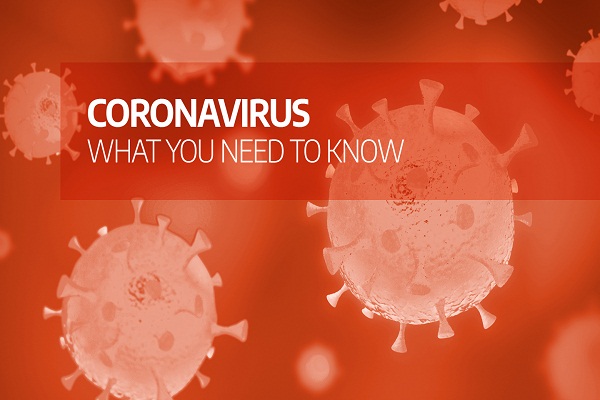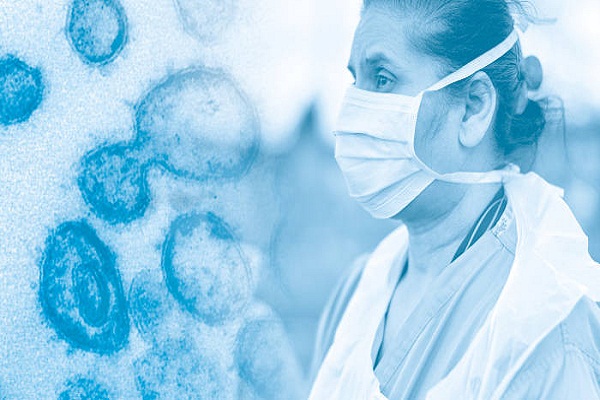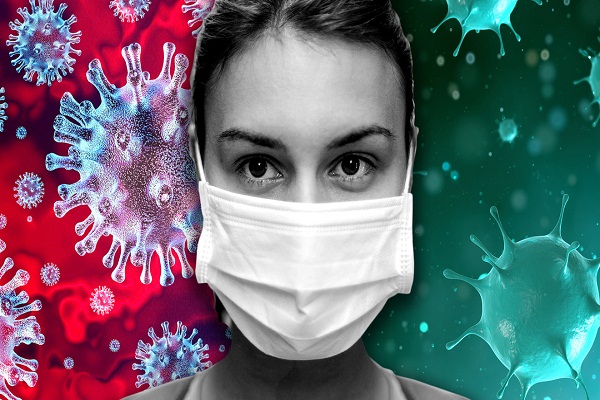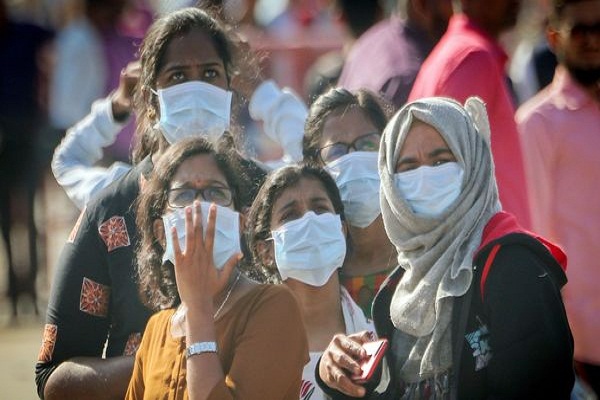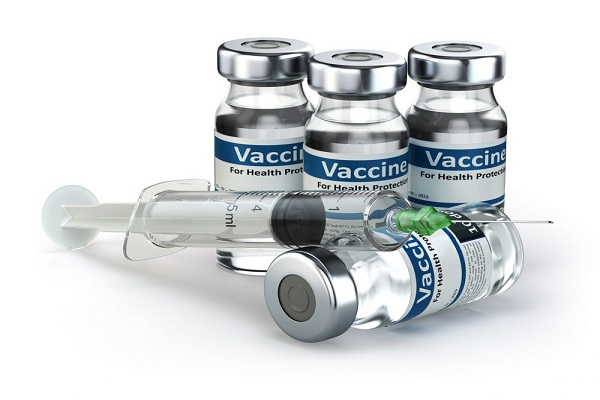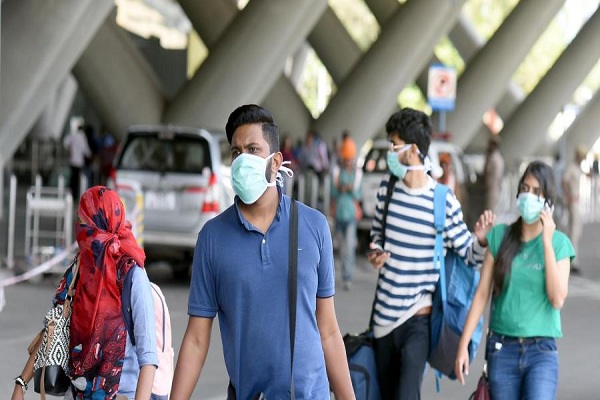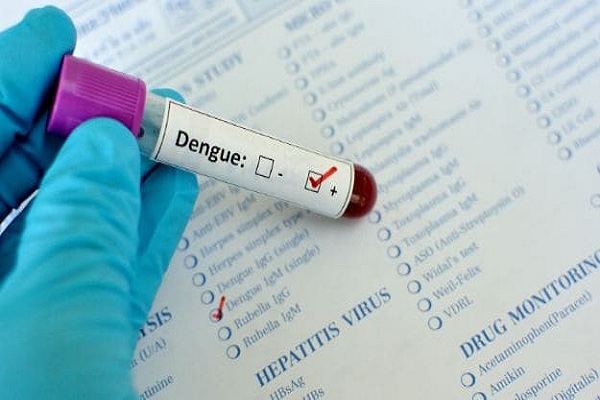
Dengue is one of the most important mosquito-borne arboviral diseases in the tropics. It is caused by a flavivirus, transmitted by the bite of the infected Aedes aegypti and Aedes albopictus mosquito, which breed in clean stagnant water.
Malaria and dengue are rampant during the monsoon. Over the past couple of years, cases of malaria have gone down, but dengue does not seem to abate. Also, the severity of dengue has increased in the past couple of years due to several factors including the mutation of the virus.

Why cases are on the rise?
Dengue fever provides an ideal case study of how urbanisation and globalization have influenced infectious disease emergence. Periods of heavy rainfall interspersed with dry weather is conducive for the multiplication of the dengue vector.
Aedes aegypti is a highly domesticated urban mosquito that prefers to live with humans in their homes, feeds on humans and lay eggs in artificial containers made by humans. It bites several individuals during a single blood meal.

Also read: Dengue cases on the rise in national capital
Automobile tires, plastic containers, drums filled with water, coolers, etc which are found in the crowded urban environment are implicated in the high mosquito population densities. Dengue mosquito breeding inside houses has gone up by 27% in the last year and dengue cases in the state have increased by 41% in just one year. Rampant authorised and unauthorized construction has contributed to the rise in dengue cases.
Symptoms
Symptoms of dengue include high fever, severe body ache (hence called breakbone fever), headache, conjunctival congestion, rash, and bleeding manifestations. Certain vulnerable groups like the old age people, children, pregnant women and people with comorbidities like hypertension, diabetes, cardiac conditions, etc may have severe symptoms and a higher rate of complications.
Most of the patients will respond to simple measures like plenty of oral fluids and paracetamol for the fever. Non-steroidal anti-inflammatory drugs like ibuprofen, diclofenac, etc should be avoided, as they contribute to the thrombocytopenia (low platelet count) seen in these patients.
Hydration is a very important mode of therapy, as these patients suffer from capillary leakage which causes haemoconcentration.
It is important to watch out for warning signs such as unresponsive fever, severe vomiting, abdominal pain, breathlessness, loss of consciousness, bleeding from the nose, mouth, etc and hospitalize such patients.
Precaution is key
Dengue is not contagious and does not spread from person to person. However, febrile patients must protect themselves from mosquito bites as the mosquito can ingest the virus from the patient and become infective to the next victim. Bleeding in dengue patients is multi-factorial and low platelet count is just one of the causes.
Also read: Sun Pharma signs deal to develop dengue vaccine
Active bleeding due to thrombocytopenia occurs only when the platelet count is less than 10,000/cm (Normal range 1.5 to 4 lakhs/cm). So a low platelet count should not cause a panic situation, especially if more than 1 lakh/cm. Unnecessary platelet transfusion has its own hazards and creates a shortage of deserving patients.
Dengue can be prevented by averting mosquito breeding in and around the house, by regularly emptying water-filled containers and avoiding mosquito bites by using mosquito repellants and coils, especially when febrile.
Fevers in monsoons should not be taken lightly and when warning signs are visible, a visit to the physician is important, for hospitalization if necessary. There is no antiviral medicine or vaccine available for dengue as of now.
(Disclaimer: Writer Dr Mala Kaneria is Consultant Infectious Specialist at Jaslok Hospital and Research Centre. Views expressed are a personal opinion.)
Be a part of Elets Collaborative Initiatives. Join Us for Upcoming Events and explore business opportunities. Like us on Facebook , connect with us on LinkedIn and follow us on Twitter , Instagram.



